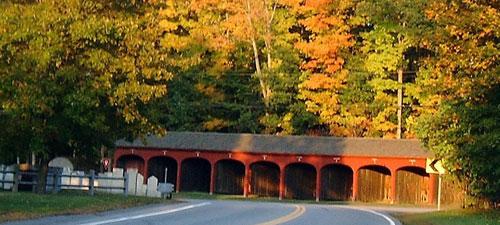About Lyme
For centuries, Lyme was home to the Abenaki, including a band of Sokokis who spent time near Post Pond at a place they called Ordanakis. At the close of the French and Indian War, immigrants of English descent moved north into the upper Connecticut River valley, and Lyme was among many towns on both sides of the river that were granted charters in the year 1761. The Sloan family was the first to settle in Lyme, arriving three years later. Most early settlers followed trails up the river from Connecticut and Massachusetts, and set up homesteads on the rich flood plain and also on benches of fertile soil among the heavily forested hills above.
Then, as now, the big river united rather than divided those living along its banks, and Lyme people felt more kinship with their neighbors in Thetford, Vermont than with those on the other side of the ridge in New Hampshire. In the late 1770s, Lyme petitioned to join Vermont, then an independent republic, along with a number of other New Hampshire river towns.
Lyme’s early economy centered around its timber resources and the products of family farms. In 1806 a stagecoach route opened from the east, passing from Concord through Lyme to Orford as the Grafton Turnpike, stimulating travel and trade. Lyme’s agrarian fortunes developed and changed as Merino sheep arrived in the valley. The population grew along with the flocks, reaching 1,824, the highest in its history, in 1820. Lumbering and farming pushed back the forest, leaving Lyme’s landscape 85% cleared.
Like most of the rest of northern New England, Lyme’s population waned after the opening of the Erie Canal, as many of its farmers, tired of growing granite, left to seek their fortunes in the newly opened American midwest. Hill farms were abandoned and the remaining population began to concentrate in the valleys and along brooks, especially the villages of Lyme Center and Lyme Plain. After the Civil War, to which Lyme lost many of its sons, the face of farming shifted to dairy, with Lyme farmers serving distant markets via rail. Lyme is fortunate to have retained much of its agricultural history, both in the farm businesses that continue today and in the many historic barns and other structures that survive on former farmsteads.



